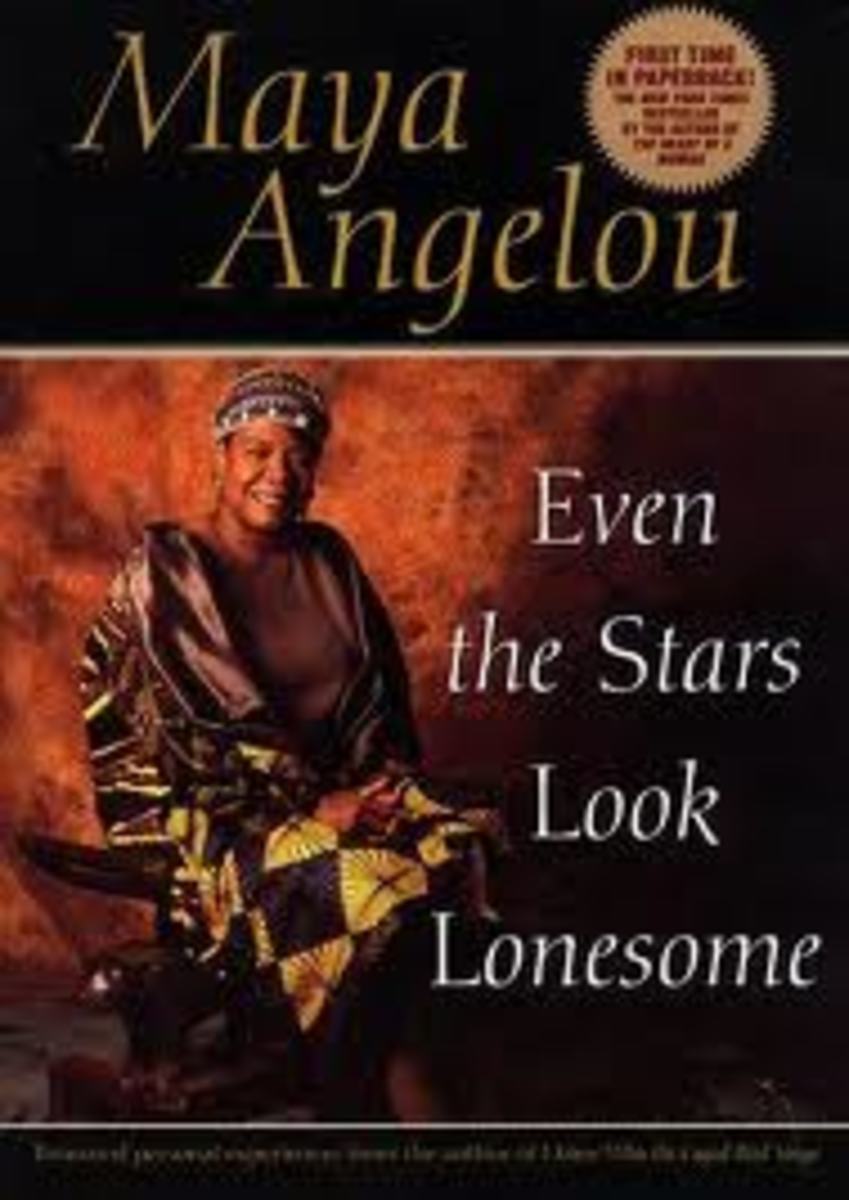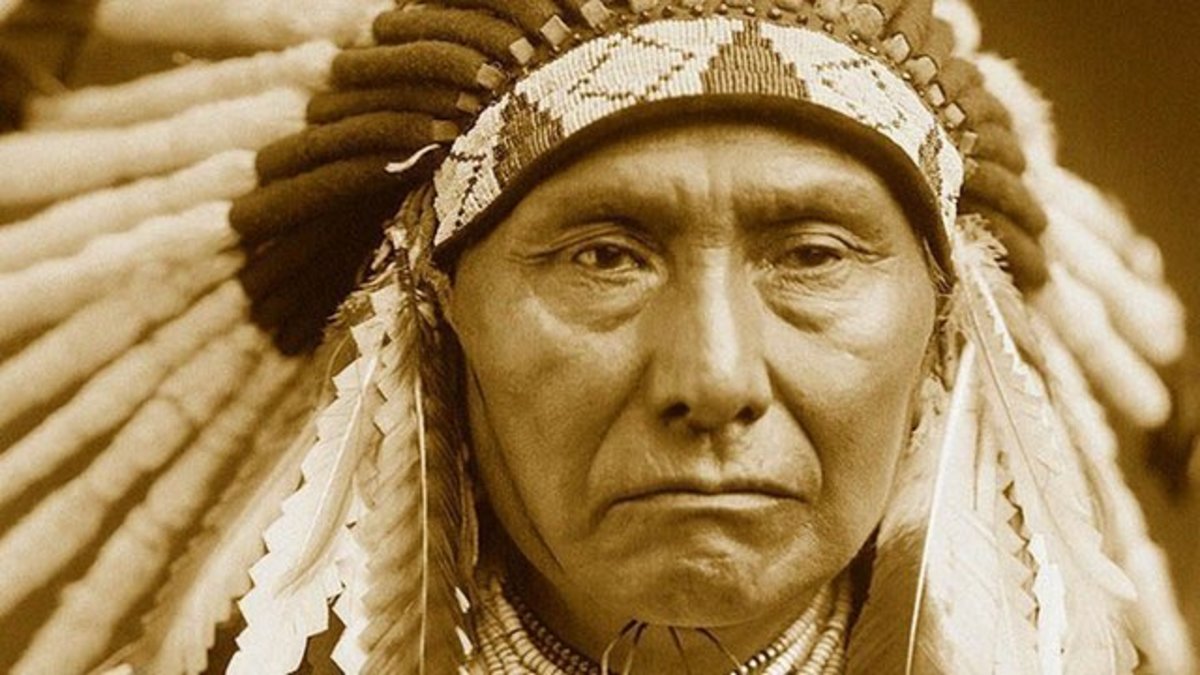Teaching Native American Literature at Osaka University
Lakota Woman
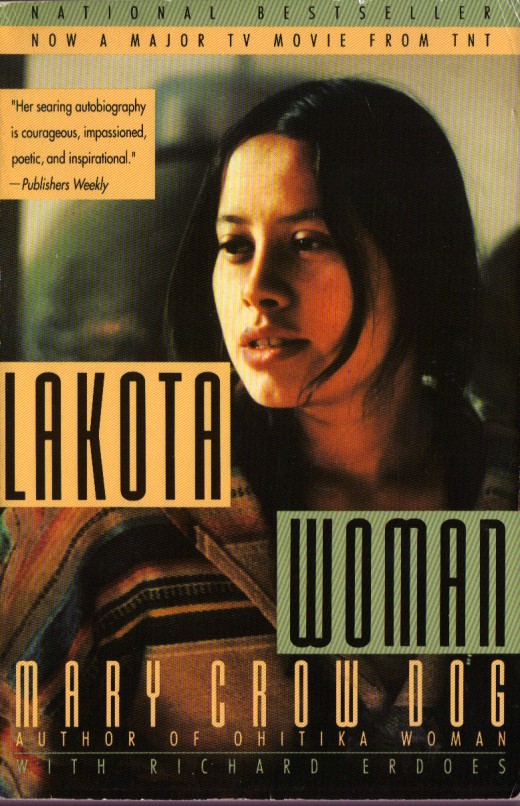
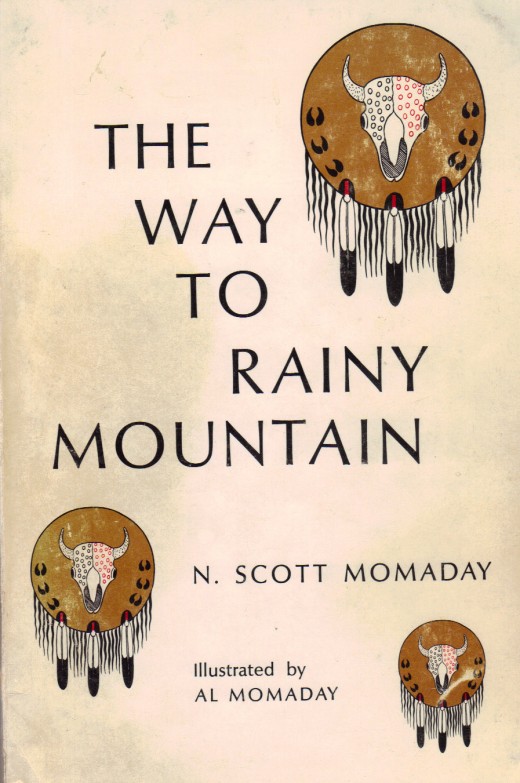
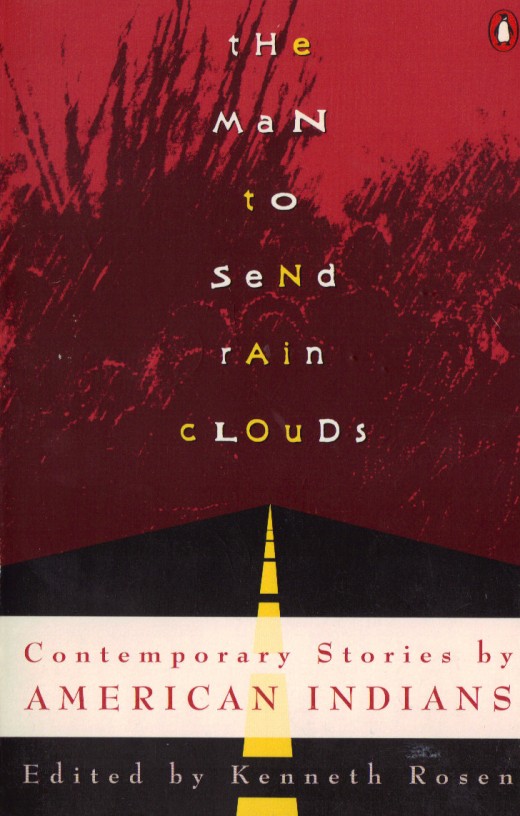
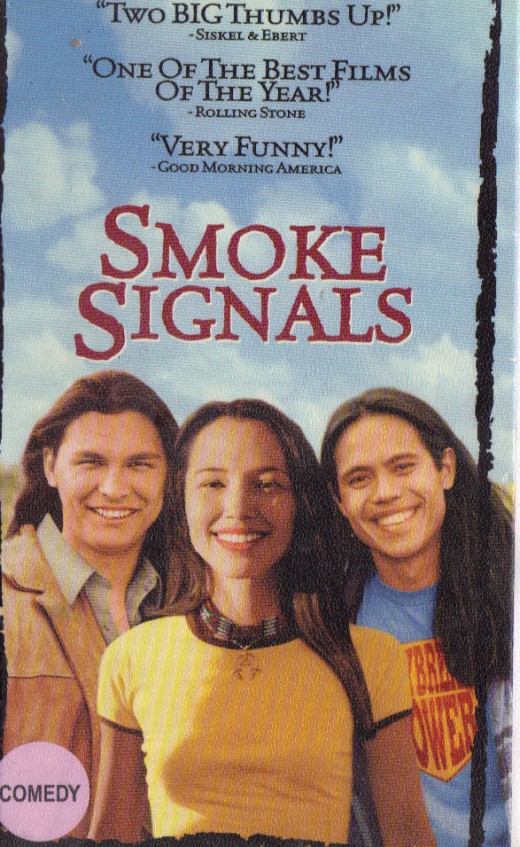
Teaching Native American Literature Abroad
In 1981 I took the challenge of being the University of Wyoming's first exchange professor to teach in Japan at Osaka University for one full year. My whole family went with me and my children were enrolled at the Canadian Academy in Kobe. Our home was in Nigawa Takarazuka-shi halfway between Osaka and Kobe on a high hill overlooking the Inland Sea of Japan and the Rokko Mountains.
I taught many different courses on American culture, but the one I remember most was Contemporary Native American Literature. Because English was a foreign language to all my students at Osaka Daigaku, I made the reading list a good bit shorter than I would have in Laramie, Wyoming. My students read with care N.Scott Momaday's The Way to Rainy Mountain (1968) and The Man to Send Rain Clouds (1974) edited by Kenneth Rosen and is a collection of contemporary short stories. Of course I gave many background lectures in the beginning on tribal cultures of America, their relationship to the land, the importance of oral traditions, and a synopsis of some key aspects of tribal religions.
As the students read and discussed The Way to Rainy Mountain they begin to appreciate the intricate relationship of the Kiowa people to the land from Montana down to Oklahoma. This relationship is not only mystical but is also deeply mythological. The students greatly enjoyed the importance of the sun and moon to the Kiowa people as it reminded them of their own connectedness to these heavenly bodies in Japanese history, legend and myth. One Japanese critic, Hideko Takigawa who translated this work in 1976 writes, "Their ethical sensibility toward all lives other than theirs is what lies behind their thinking and behavior." The students said as much in noting the closeness of Kiowas to their horses not to mention to ancient dogs, to spiders, to buffalo (bison), and to birds.
They saw similar themes in The Man to Send Rain Clouds. A story within the collection by the same title shows the deep respect the Pueblo people have for their elders (A traditional value in Japanese culture). The protagonist of this story, an old sheepherder, dies up in the mountains. It is up to the younger men to give him a proper burial and to do it with corn pollen and ancient prayers for his spirit to send rain clouds to parched New Mexico for corn crops to grow.
They appreciated some of the stories such as "Kaiser and the War" for their depection of cultural clashes between the Indian and the white man, whom the Indians called "American." Who are the Americans?, one student asked. The Pueblo people of this story know their land and no every secretive little canyon and mesa top in ways the city sherif's department did not. My students wondered why authorities would won't to track down Kaiser (a mentally handicapped boy) to draft him into the army to fight in World War II. Many students wanted to know of more books to read after the class was over.
An Italian Postscript
In 2005 I lectured at the University of Bologna as a "Senior Fellow" to that institution. My students knew English quite well and their reading list was a good bit longer than in Japan. In addition to reading my own work, Critical Perspectives on Native American Fiction (1993), they read for class Louise Erdrich's Antelope Wife, James Welch's Winter in the Blood as well as the titles used in Japan. Some read outside of class Lakota Woman about Wounded Knee 1973 when people of different tribes including the Lakota Nation seized four square miles of territory in South Dakota and flew their own flag of the colors of the six sacred directions in order to protest policies of the Nixon administration that were hurtful toward tribal peoples.
Some of my students were on exchange from the University of Heidleberg, Germany who had read all of Erdrich's novels auf Deutsch. They mentioned to me that one of the reasons German people are enticed with American Indian cultures is because their treatment by the U.S. Government gives them a sense of reprieve over guilt feelings about the Nazi regime. My German, Italian and Spanish students were also appreciate of American tribal relationships with their land and with their ancestors through living oral traditions. Perhaps the most telling thing about foreign reaction to Native American literature is the tremendous amount of it that has been translated into all major European languages and Japanese.
To finish my Bologna class I showed two modern movies Thunderheart and Smoke Signals. THe first film is about a part-Indian FBI agent who comes to investigate crime on the Pine Ridge Reservation but who ultimately finds that the crime is being committed against the Lakota people by uranium mining interests. The second film (completely native-directed, native acted and based on Native American novelist Sherman Alexie's The Lone Ranger and Tonto Fist Fight in Heaven, 1993) is a sad but humorous depiction of two Coeur d'Alene Indians traveling to Arizona to get ashes of the protagonist's father. A humorous line at the beginning of the movie that got great laughter from the Italian audience was a reservation radio broadcaster's greeting to listeners "It's a beautiful day here at the Coeur d'Alene Reservation and a great day to be aboriginal." All the students remarked on similar themes found in literature that were in the movies: cultural clash, reverence for land and for ancestors and for rich, mythic oral traditions.
There are numerous translations in Japanese of major Native American books including Black Elk Speaks, House Made of Dawn, Ceremony and others.
Readers of this hub may be interested in my new hub Contemporary Native American Fiction: Stream of consciousness
Native American literature
Have you ever read a Native American novel?
© 2010 Richard Francis Fleck

